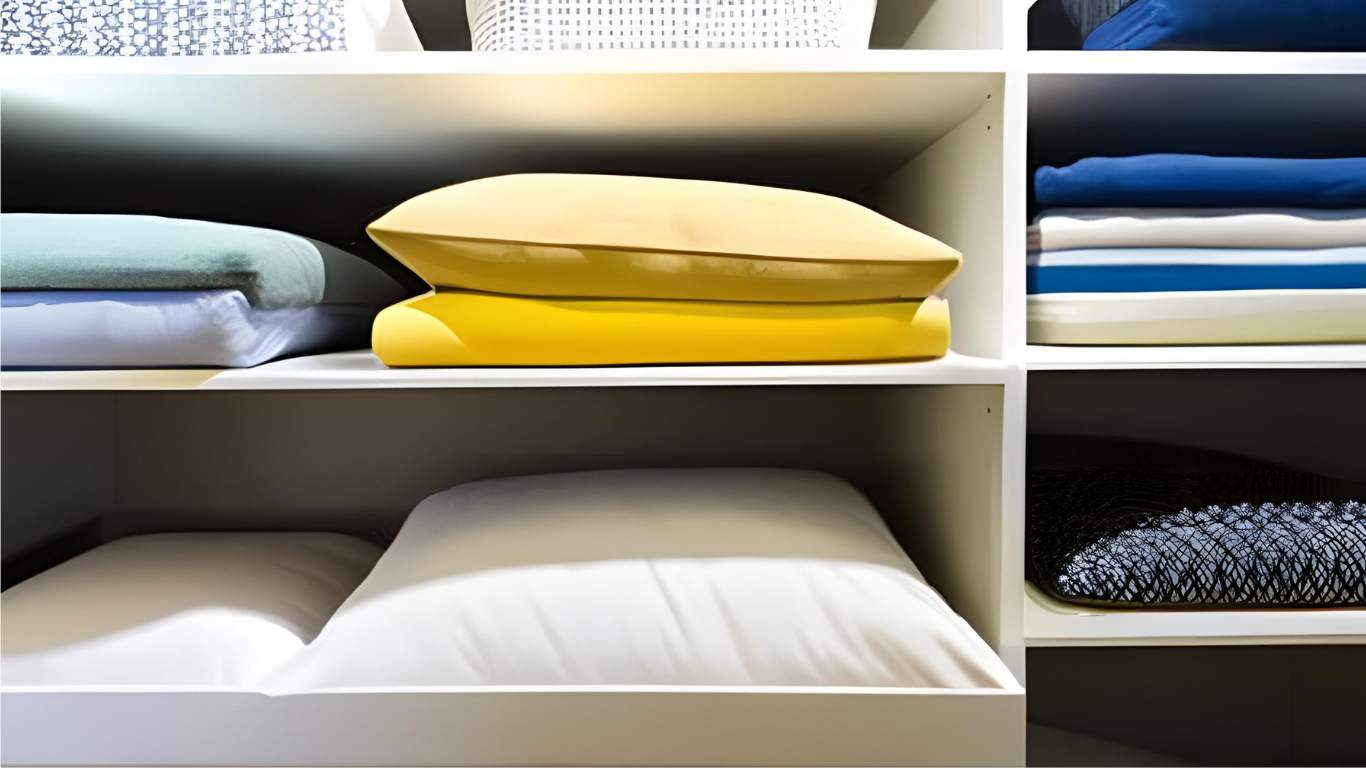

Articles
How To Store Pillows In Closet
Modified: January 18, 2024
Learn how to store pillows in your closet with these helpful articles. Keep your pillows fresh and organized with our tips and tricks.
(Many of the links in this article redirect to a specific reviewed product. Your purchase of these products through affiliate links helps to generate commission for Storables.com, at no extra cost. Learn more)
Introduction
When it comes to organizing your closet, finding the perfect storage solution for every item can be challenging. This is especially true when it comes to storing pillows. Whether you have decorative throw pillows or a collection of sleeping pillows, finding the right method to store them can help you maximize space and keep your pillows clean and fresh.
In this article, we will explore various methods for storing pillows in a closet. From using plastic storage bags to utilizing vacuum-sealed bags and dedicated pillow storage containers, we will cover different options to suit your needs. We will also discuss how to clean and prepare your pillows for storage and offer tips to consider before storing them in your closet.
Before delving into the different storage methods, it’s important to understand the various types of pillows. Knowing the type of pillow you have will help determine the appropriate storage technique.
Key Takeaways:
- Choose the Right Pillow for Storage
Assess the condition, age, quality, materials, and usage of your pillows before storing them. Select only the best pillows to ensure comfort and longevity. - Utilize Various Storage Methods
From plastic bags to vacuum-sealed bags, pillow storage containers, pillowcases, hanging, and dedicated shelves, explore diverse storage options to keep your pillows clean, protected, and easily accessible.
Read more: How To Store Pillows
Types of Pillows
Pillows come in various shapes, sizes, and materials, each serving a different purpose. Understanding the different types of pillows can help you choose the right storage method. Here are some common types of pillows:
- Bed Pillows: These are standard sleeping pillows that are used for nightly rest. They come in different firmness levels and are often filled with materials like down, feathers, memory foam, or synthetic fibers.
- Decorative Pillows: These pillows are primarily used for aesthetic purposes and can be found on couches, chairs, or beds. They come in various shapes, sizes, and designs, and are usually filled with polyester fiberfill.
- Body Pillows: These long, cylindrical-shaped pillows are designed to support the entire body, making them popular among pregnant women or individuals who prefer extra support while sleeping.
- Travel Pillows: These compact-sized pillows are specifically designed for travel, providing neck and head support during long flights or car rides. They often come in U-shaped or rectangular designs.
- Specialty Pillows: These pillows cater to specific needs or preferences, such as orthopedic pillows for neck or back pain relief, cooling pillows for temperature regulation, or anti-allergy pillows for those with allergies or sensitivities.
By identifying the type of pillow you have, you can better determine the most suitable storage method to keep them organized and in good condition.
Choosing the Right Pillow for Storage
Before you can start storing your pillows, it’s essential to assess their condition and determine if they are suitable for long-term storage. Here are some factors to consider when choosing which pillows to store:
- Condition: Inspect the pillows for any signs of damage, such as tears, stains, or strong odors. If a pillow is heavily damaged or soiled, it’s best to discard it rather than trying to store it.
- Age: Older pillows may have lost their shape and supportiveness over time. Consider replacing them with newer pillows before storing, especially if they no longer provide you with a good night’s sleep.
- Quality: Higher-quality pillows tend to maintain their shape and support longer. If you have a mix of different quality pillows, prioritize storing the ones that are still in good condition.
- Materials: Different pillow materials require different storage considerations. For example, down or feather pillows may require more breathable storage options compared to memory foam pillows.
- Usage: Consider how frequently you use a particular pillow. If it’s a pillow you rarely use, you may choose to store it, while pillows you use daily can remain on your bed.
By carefully selecting which pillows to store, you can ensure that you only store pillows that are in good condition and will provide you with comfort when you retrieve them from storage.
Cleaning and Preparing Pillows for Storage
Before you store your pillows, it’s crucial to clean them properly to remove any dust, dirt, or allergens that may have accumulated over time. Follow these steps to clean and prepare your pillows for storage:
- Check the care label: Refer to the care label on your pillows to determine the recommended cleaning method. Different types of pillows may have specific cleaning instructions.
- Machine washable pillows: If your pillows are machine washable, follow the instructions on the care label. Use a gentle cycle with a mild detergent and warm water. Make sure to use the appropriate amount of detergent to avoid any residue buildup.
- Hand wash pillows: If your pillows are not machine washable, you can hand wash them in a bathtub or large basin. Fill the tub with warm water and a small amount of gentle detergent. Gently agitate the pillows, paying extra attention to any stained areas.
- Drying pillows: After washing, remove excess water by gently squeezing the pillows. Then, place them in a well-ventilated area to air dry completely. Avoid direct sunlight, as it can fade the fabric or cause shrinkage.
- Fluff and reshape: Once your pillows are fully dry, fluff them vigorously to restore their shape and loft. This step is especially important for down or feather pillows.
- Protective covers: Consider using protective covers, such as pillow protectors or pillowcases, to keep your pillows clean during storage. These covers will provide an extra layer of protection against dust, dirt, and pests.
By cleaning your pillows before storage, you ensure that they are fresh and ready to use when you retrieve them. This cleaning process also helps maintain the longevity and quality of your pillows.
Method 1: Storing Pillows in Plastic Storage Bags
One of the simplest and most cost-effective methods for storing pillows in a closet is by using plastic storage bags. Here’s how you can do it:
- Gather your materials: You will need plastic storage bags large enough to accommodate your pillows. Opt for heavy-duty bags to ensure durability.
- Ensure cleanliness: Before placing your pillows in the bags, make sure they are clean and dry. Refer to the previous section on cleaning and preparing pillows for guidance.
- Fold or roll the pillows: Depending on the size of the bags and your closet space, you can either fold or roll your pillows. Folding compresses the pillows more, but rolling may save space.
- Place pillows in the bags: Carefully insert the pillows into the plastic bags, ensuring they fit snugly. Be mindful not to overstuff the bags to avoid damaging the pillows or creating excessive pressure.
- Seal the bags: Once the pillows are inside the bags, seal them tightly to prevent dust and dirt from entering. Some plastic storage bags come with built-in zip seals, while others may require twist ties or tape.
- Label the bags: To easily identify the pillows later, consider labeling the bags with a marker or using sticky notes. This will save you time and effort when you need to retrieve specific pillows from storage.
- Store in a closet: Place the sealed bags of pillows in your closet, either on shelves or in plastic storage containers. Make sure to arrange them in a way that allows easy access and prevents crushing or compression.
Storing your pillows in plastic storage bags provides a simple and effective solution for keeping them clean and protected. This method is particularly useful for pillows that are not frequently used or for storing seasonal pillows.
Read more: How To Store Suitcases In Closet
Method 2: Using Vacuum-Sealed Bags for Pillow Storage
If you’re looking to save even more space in your closet while keeping your pillows well-protected, using vacuum-sealed bags is an excellent option. Here’s how you can utilize vacuum-sealed bags for pillow storage:
- Gather your materials: You will need vacuum-sealed bags specifically designed for storage purposes. These bags are typically made of durable plastic and feature a one-way valve for air removal.
- Prepare your pillows: Ensure that your pillows are clean and dry before placing them in the vacuum-sealed bags. Refer to the previous section on cleaning and preparing pillows for guidance.
- Fold or roll the pillows: Depending on the size of the bags and the desired compression, you can fold or roll your pillows. Folding may allow for more compact storage, while rolling may save space.
- Insert pillows into the bags: Carefully place the folded or rolled pillows into the vacuum-sealed bags. Ensure that they fit snugly but avoid overstuffing to prevent damage or strain on the bags.
- Seal the bags and remove air: Follow the instructions provided with the vacuum-sealed bags to properly seal them. Most bags require you to attach a vacuum cleaner hose to the one-way valve and remove the air, compressing the pillows inside.
- Label or identify the bags: To easily locate specific pillows, consider labeling the bags with a marker or using sticky notes. This will save you time and effort when retrieving pillows from storage.
- Store in the closet: Place the vacuum-sealed bags in your closet, either on shelves or in plastic storage containers. Ensure they are stored in a way that allows easy access and prevents crushing or damage.
Using vacuum-sealed bags for pillow storage not only saves space but also provides a high level of protection against dust, dirt, and pests. The compressed bags will keep your pillows clean and maintain their shape until you need to use them again.
To store pillows in a closet, use breathable storage bags or pillowcases to protect them from dust. Store them on a shelf or in a plastic bin to keep them clean and organized.
Method 3: Utilizing Space-Saving Pillow Storage Containers
If you prefer a more organized and easily accessible storage solution for your pillows, using space-saving pillow storage containers is a great option. Here’s how you can effectively utilize these containers:
- Choose the right container: Look for storage containers specifically designed for pillows. These containers are typically made of durable materials like plastic or fabric and come in various sizes.
- Prepare your pillows: Just like with other storage methods, make sure your pillows are clean and dry before placing them in the containers. Refer to the previous section on cleaning and preparing pillows for guidance.
- Fold or roll the pillows: Depending on the size of the storage containers and the amount of space you have available in your closet, you can either fold or roll your pillows. Folding may provide a neater appearance, while rolling may save more space.
- Insert pillows into the containers: Carefully place the folded or rolled pillows into the storage containers. Arrange them in a neat and organized manner, ensuring they fit properly without excessive compression.
- Close and seal the containers: Securely close the lids or zipper closures of the storage containers to keep dust, dirt, and pests out. This will help maintain the freshness and cleanliness of your stored pillows.
- Label the containers: To easily identify the stored pillows, consider labeling the containers with a marker or using sticky notes. This will save you time and effort when you need to find specific pillows in the future.
- Stack or store the containers in your closet: Stack the storage containers on shelves or place them in your closet, keeping them in a convenient and accessible location. Ensure the containers are stable and not at risk of falling or sliding.
By utilizing space-saving pillow storage containers, you can keep your pillows neatly organized and easily retrieve them when needed. These containers also provide an extra layer of protection against dust, moisture, and pests, keeping your pillows clean and fresh.
Method 4: Storing Pillows in Pillowcases
If you want a simple and convenient storage solution for your pillows, storing them in pillowcases is a great option. Here’s how you can effectively store pillows in pillowcases:
- Gather your materials: You will need pillowcases that are large enough to accommodate your pillows. Ensure that the pillowcases are clean and in good condition.
- Prepare your pillows: Make sure your pillows are clean and dry before placing them in the pillowcases. Refer to the previous section on cleaning and preparing pillows for guidance.
- Open the pillowcase: Lay the pillowcase flat on a clean surface with the opening facing towards you.
- Fold the pillow: Depending on the size of the pillowcase and the desired compression, fold the pillow in half or roll it tightly from one end to the other.
- Insert the pillow into the pillowcase: Carefully insert the folded or rolled pillow into the pillowcase, ensuring that it reaches the bottom and fits snugly.
- Secure the pillowcase: Secure the open end of the pillowcase by folding it over or tying it with a ribbon or string. Make sure it’s tightly secured to prevent dust or dirt from entering.
- Label or identify the pillowcases: To easily locate specific pillows, consider labeling the pillowcases with tags, markers, or sticky notes. This will save you time and effort when retrieving pillows from storage.
- Arrange the pillowcases in your closet: Place the pillowcases containing your pillows in your closet, either on shelves or in a designated storage bin. Keep them in a neat and organized manner, ensuring easy access.
Storing pillows in pillowcases is a simple and efficient storage method that keeps your pillows clean and protected. It also allows you to easily identify and retrieve specific pillows whenever you need them.
Method 5: Hanging Pillows in Closet with Hooks or Hangers
If you have limited shelf or floor space in your closet, hanging pillows with hooks or hangers is an excellent option. Here’s how you can effectively hang your pillows in the closet:
- Gather your materials: You will need sturdy hooks or hangers that can support the weight of your pillows. Look for hooks specifically designed for hanging items in closets.
- Prepare your pillows: Ensure that your pillows are clean and dry before hanging them. Refer to the previous section on cleaning and preparing pillows for guidance.
- Choose the hanging location: Identify a suitable area in your closet to install the hooks or hangers. Make sure the location allows enough space for the pillows to hang freely without getting crushed or squeezed.
- Install the hooks or hangers: Follow the manufacturer’s instructions to install the hooks or hangers securely in the designated location. Make sure they are firmly attached to prevent accidents or damage.
- Place the pillows on the hooks or hangers: Fold or roll your pillows for easy hanging. Carefully place them onto the hooks or hangers, ensuring they are centered and balanced to prevent them from slipping or falling.
- Space out the hanging pillows: If you’re hanging multiple pillows, make sure to leave enough space between them to prevent excessive squeezing or bunching. This will help maintain the shape and fluffiness of each pillow.
- Check the stability: Periodically check the stability of the hooks or hangers to ensure they can still support the weight of the pillows. Adjust or reinforce them if needed.
- Label or identify the hanging pillows: If you have different types or sizes of pillows, consider labeling them with tags or sticky notes to easily identify and retrieve specific pillows as needed.
Hanging pillows in your closet with hooks or hangers not only saves space but also keeps your pillows visible and easily accessible. This method works well for decorative pillows or pillows that you use frequently and want to have within reach.
Read more: How To Store Handbags In Closet
Method 6: Creating a Dedicated Pillow Storage Shelf in Closet
If you have ample space in your closet and want a dedicated storage solution for your pillows, creating a pillow storage shelf is a great option. Here’s how you can create a dedicated pillow storage shelf in your closet:
- Assess the available space: Take a look at your closet and identify an area where you can allocate a dedicated shelf for storing your pillows. Choose a space that is easily accessible and convenient for retrieving the pillows.
- Measure the space: Measure the width, height, and depth of the allocated space to determine the size of the shelf you’ll need. Consider leaving some extra space for the pillows to fit comfortably.
- Choose the right shelf material: Select a shelf material that is sturdy and can support the weight of the pillows. Common options include wood, laminate, or metal shelves.
- Install the shelf: Follow the manufacturer’s instructions to install the shelf securely in the designated space in your closet. Ensure it is level and can support the weight of the pillows.
- Prepare your pillows: Ensure that your pillows are clean and dry before placing them on the shelf. Refer to the previous section on cleaning and preparing pillows for guidance.
- Arrange the pillows on the shelf: Fold or roll your pillows for easy storage. Arrange them neatly on the shelf, ensuring they are evenly distributed and not overcrowded.
- Consider using dividers: If you have multiple types or sizes of pillows, consider using dividers or bins to separate and organize them on the shelf. This will make it easier to locate specific pillows when needed.
- Label the storage area: To easily identify the pillow storage area, consider using labels or signs. This will help you quickly locate the pillows and maintain organization within your closet.
- Leave enough clearance: Ensure that there is enough space between the top of the pillows and any shelves or items above them to prevent crushing or deformation of the pillows.
Creating a dedicated pillow storage shelf in your closet provides a structured and organized solution for storing your pillows. It keeps them easily accessible and allows you to maintain the shape and condition of your pillows over time.
Things to Consider Before Storing Pillows in Closets
Before you store your pillows in your closet, there are a few important factors to consider to ensure optimal storage conditions and preserve the quality of your pillows:
- Cleanliness: Always make sure your pillows are clean and dry before storing them. Dirty or damp pillows can lead to mold, mildew, and unpleasant odors over time.
- Storage duration: Consider the length of time you plan to store your pillows. If it’s for a short period, you may opt for simpler storage methods. If you plan to store them long-term, consider more secure and protective options.
- Type of pillow material: Different pillow materials have different storage requirements. Memory foam pillows may benefit from breathable storage options, while down or feather pillows may require fluffing periodically to maintain their shape.
- Space availability: Assess the available space in your closet and choose a storage method that makes the most efficient use of it. Ensure that your pillows are stored in a way that doesn’t result in excessive compression or damage.
- Closet conditions: Evaluate the temperature and humidity levels in your closet. Excessive humidity can lead to mold or mildew growth, while extreme temperatures can affect the integrity of certain pillow materials.
- Pest prevention: Take preventive measures to keep pests like moths, dust mites, and bed bugs away from your stored pillows. Consider using pillow protectors or storage options that provide a barrier against pests.
- Accessibility: Think about how frequently you’ll need to access specific pillows. If you use certain pillows regularly, opt for storage methods that allow easy access without unpacking the entire storage area.
- Labeling or organizing: Depending on the number and variety of pillows you’re storing, consider labeling or organizing them to simplify retrieval. It can save time and effort when you want to find a specific pillow later.
By considering these factors before storing your pillows in your closet, you can ensure that your pillows remain clean, protected, and in good condition throughout their time in storage.
Conclusion
Storing pillows in a closet can be a convenient and space-saving solution, allowing you to keep your pillows organized and easily accessible. By utilizing various storage methods such as plastic storage bags, vacuum-sealed bags, pillow storage containers, pillowcases, hanging with hooks or hangers, or creating dedicated pillow storage shelves, you can find the most suitable option for your needs.
Before storing your pillows, make sure they are clean and dry. Consider the type of pillows you have, the condition of the pillows, and the materials they are made of. By choosing the right pillows for storage and properly cleaning and preparing them, you can ensure they remain fresh and ready to use when you retrieve them.
Take into account the available space in your closet, the duration of storage, and the conditions of the closet itself. Pay attention to factors like temperature, humidity, and pest prevention to protect your pillows from damage or infestation. Consider proper labeling or organizing methods to easily identify and retrieve specific pillows whenever needed.
Remember, different storage methods work better for different types of pillows and personal preferences. It’s important to assess your requirements and choose a method that suits your needs. Whether you opt for plastic storage bags, vacuum-sealed bags, pillow storage containers, pillowcases, hanging with hooks or hangers, or creating dedicated pillow storage shelves, the goal is to keep your pillows clean, protected, and in good condition for future use.
By following the tips and methods outlined in this article, you can effectively store your pillows in your closet, maximize space, and ensure that your pillows remain fresh, clean, and ready for use whenever you need them.
Frequently Asked Questions about How To Store Pillows In Closet
Was this page helpful?
At Storables.com, we guarantee accurate and reliable information. Our content, validated by Expert Board Contributors, is crafted following stringent Editorial Policies. We're committed to providing you with well-researched, expert-backed insights for all your informational needs.
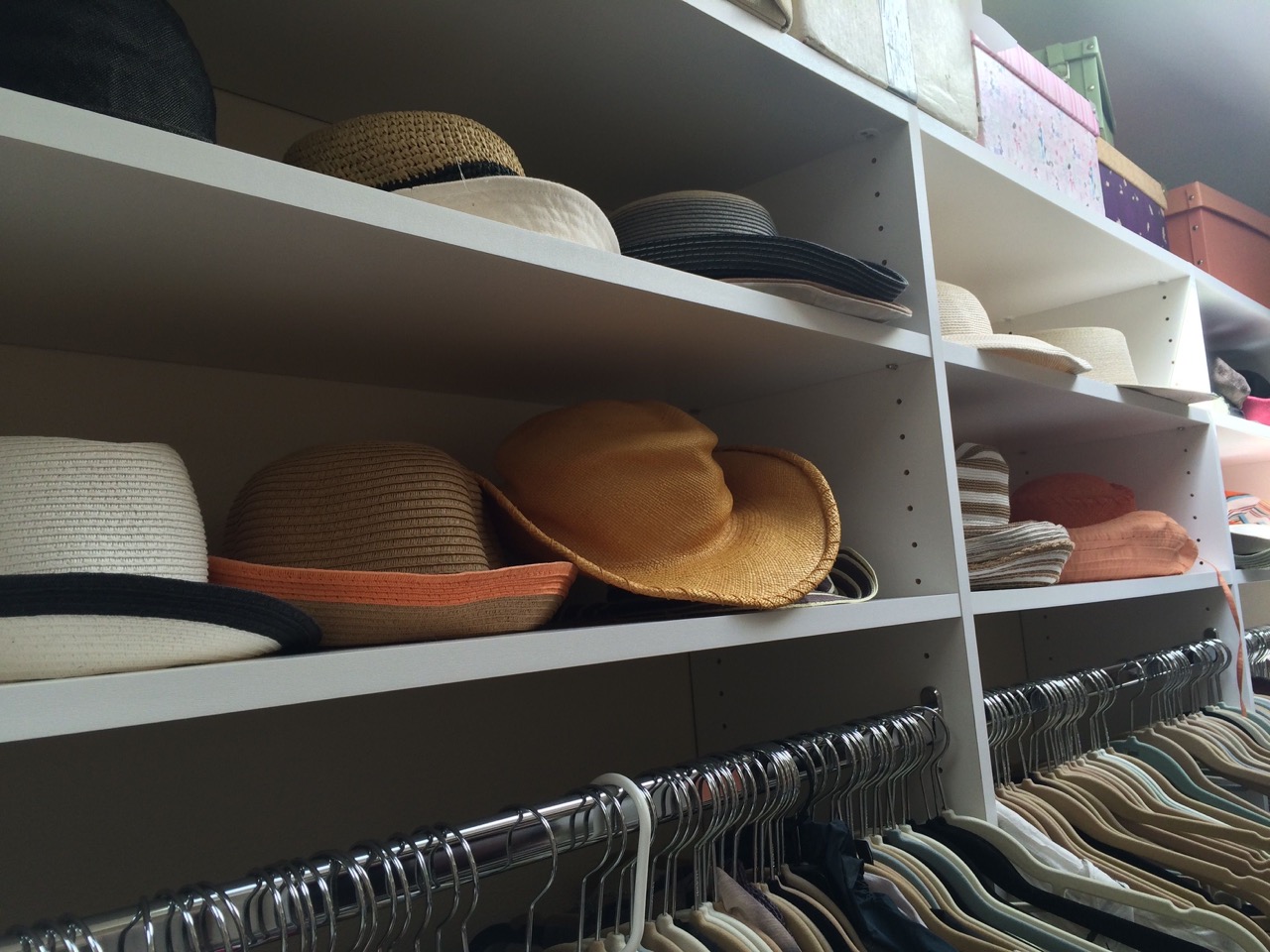
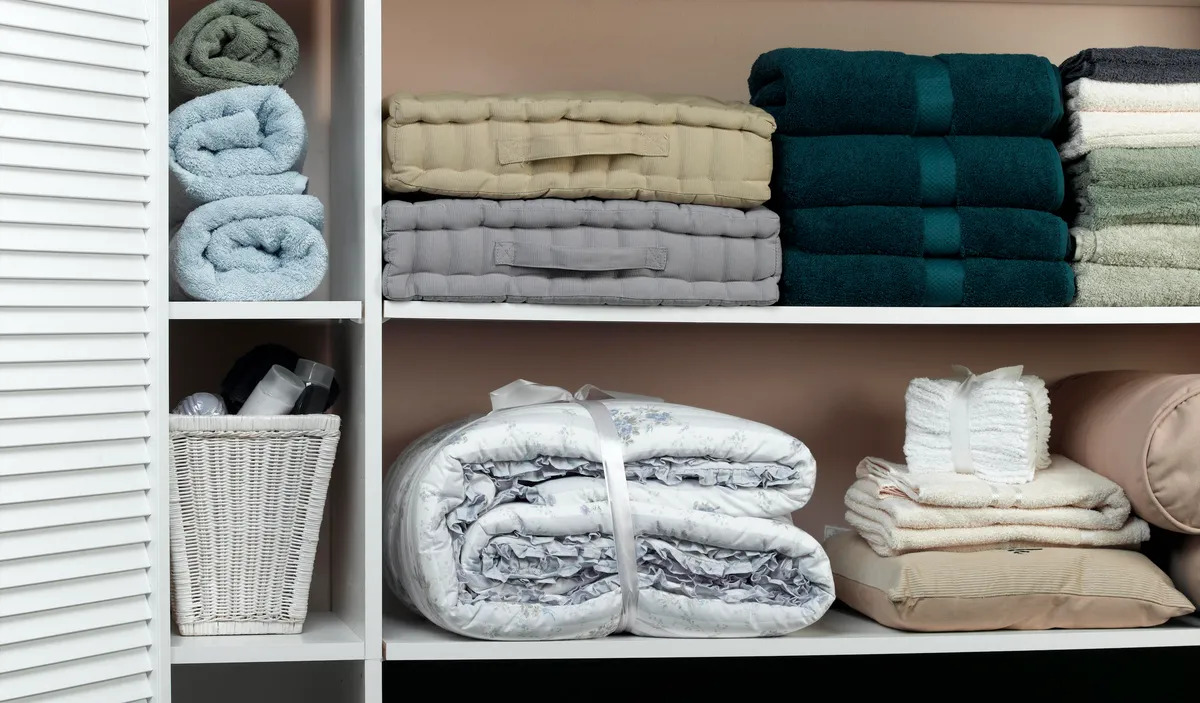
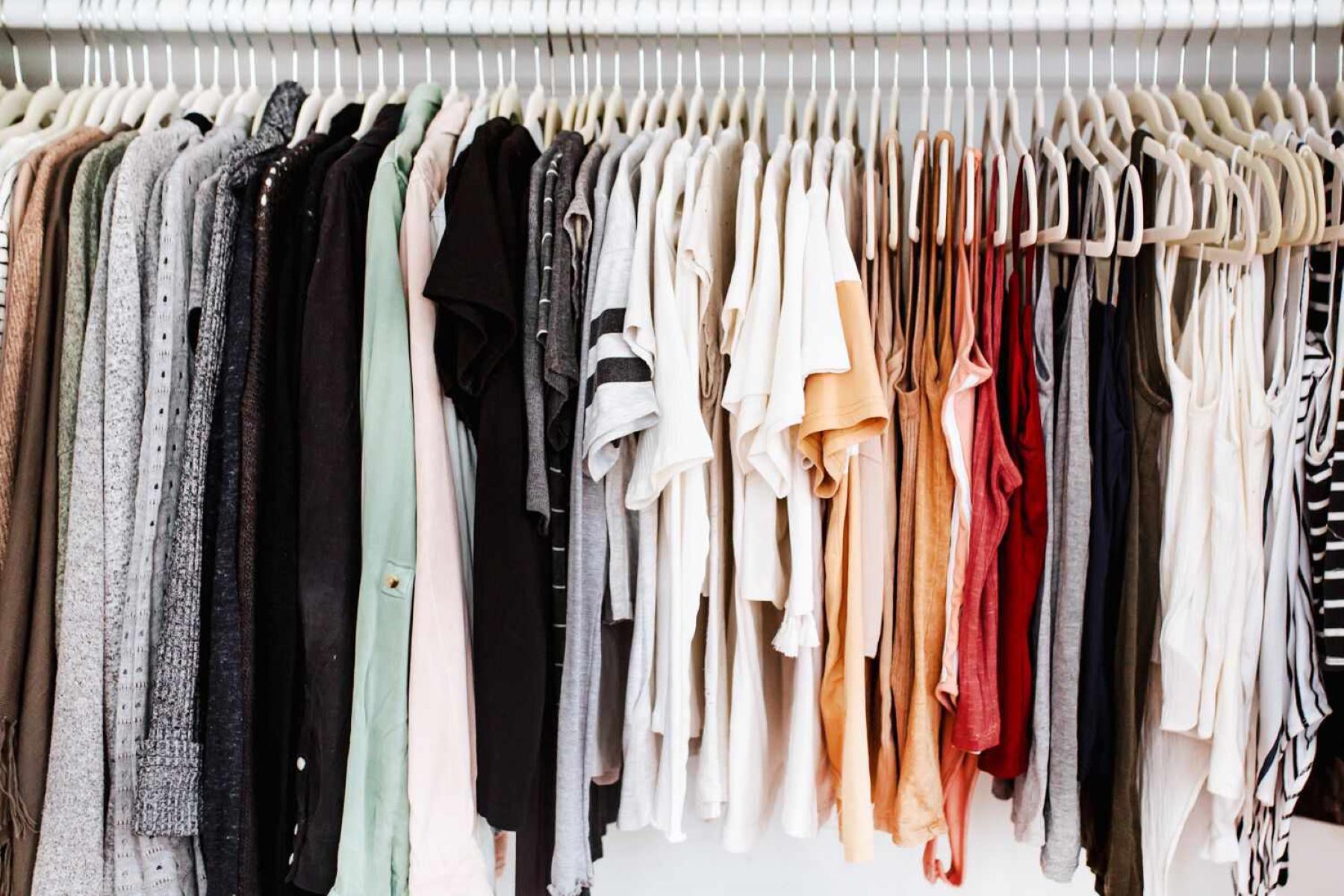
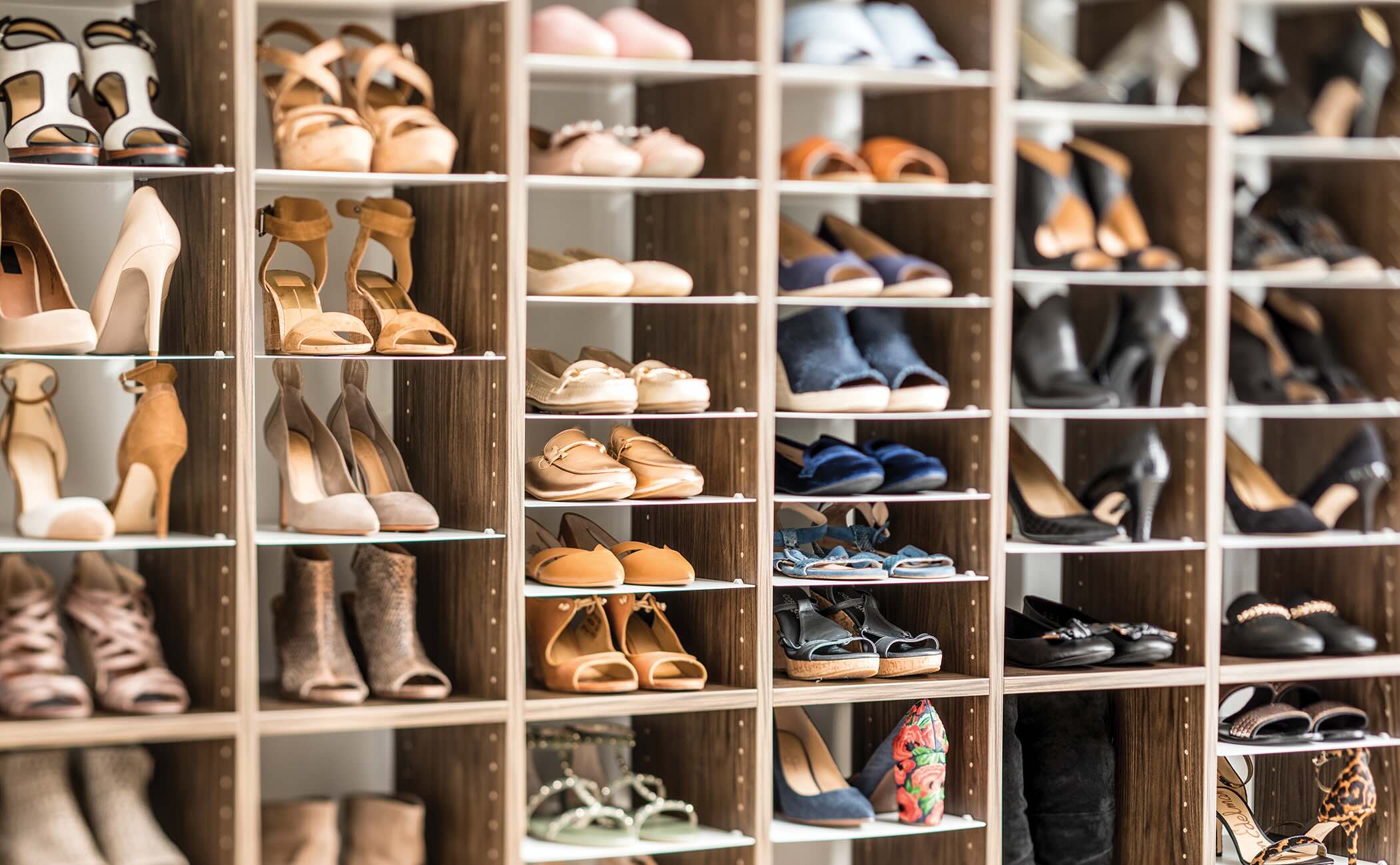

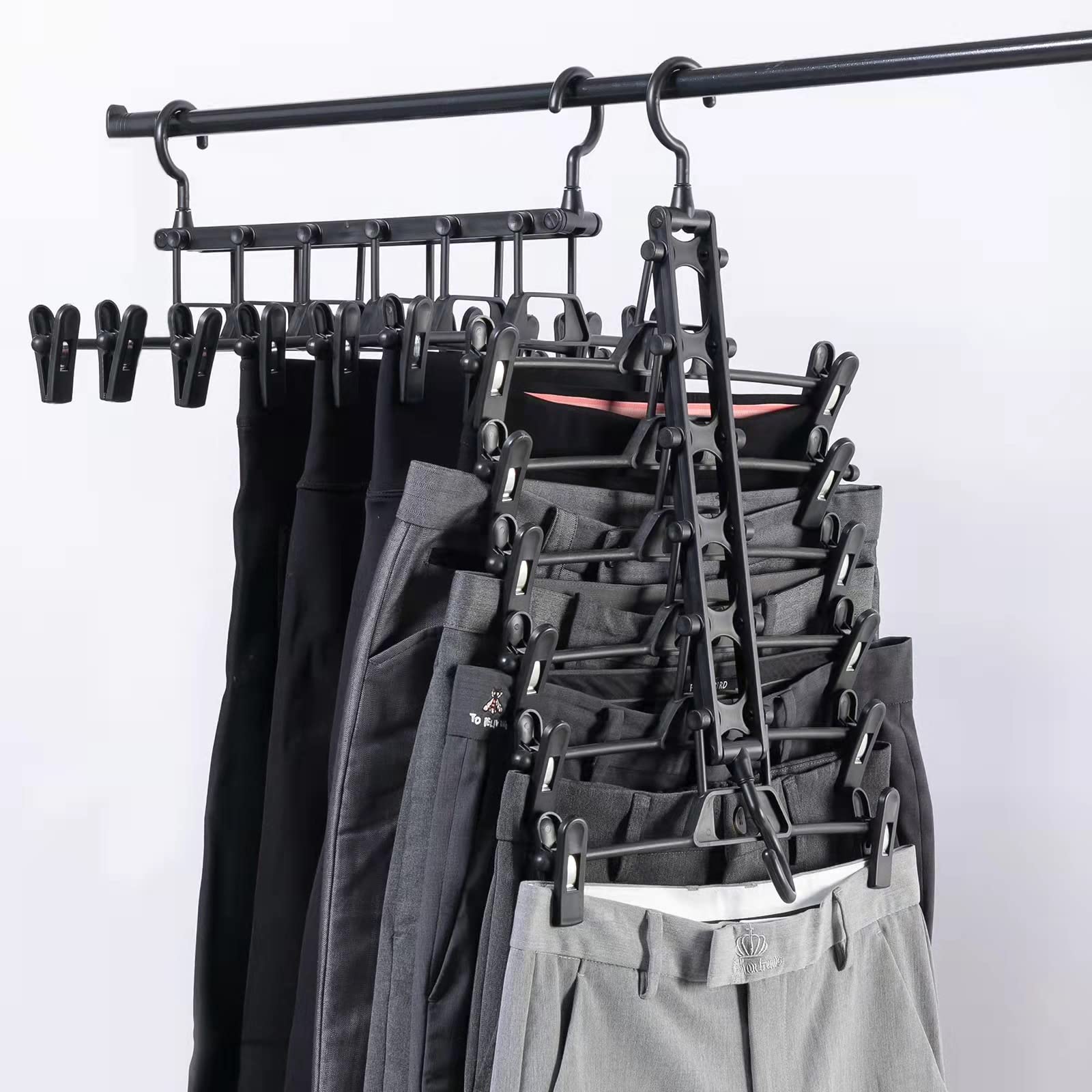
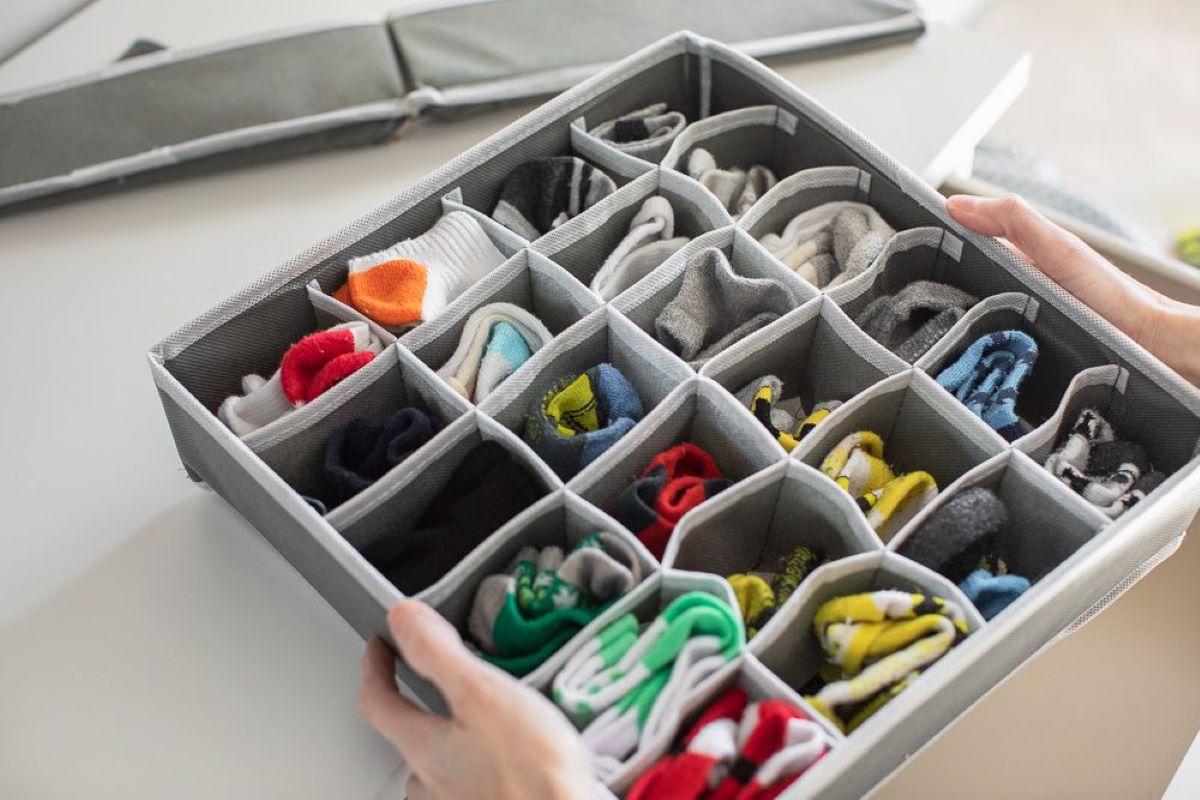
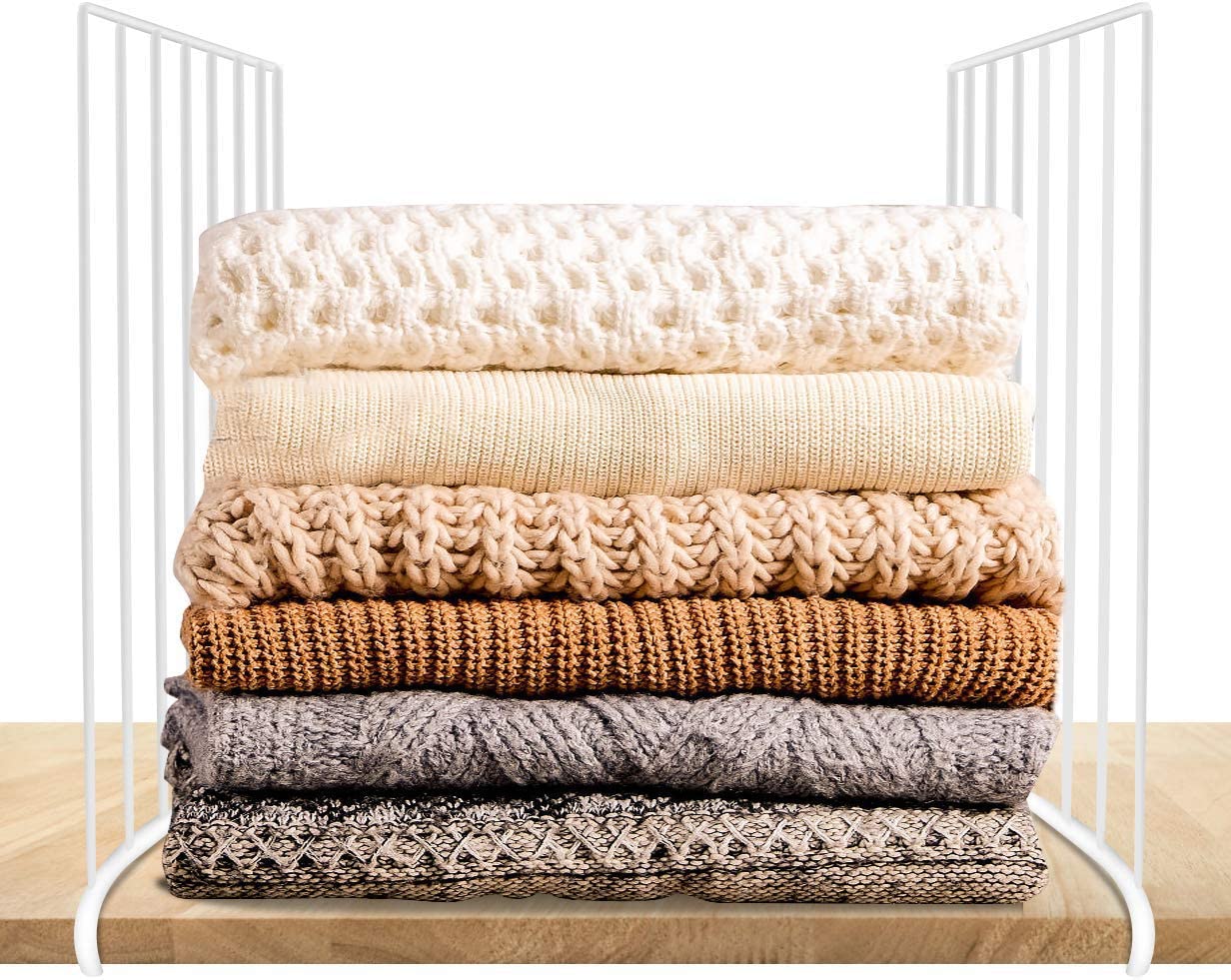
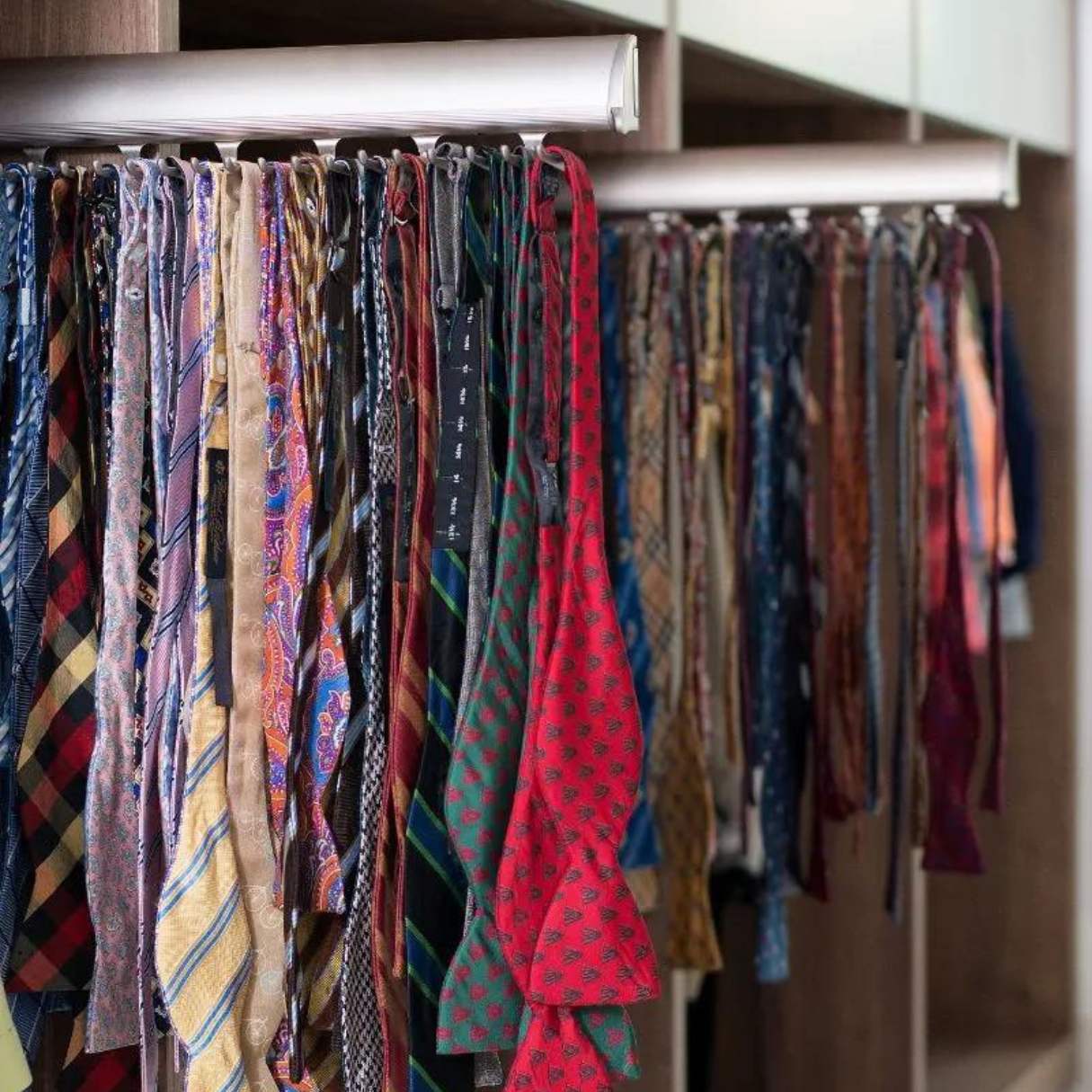
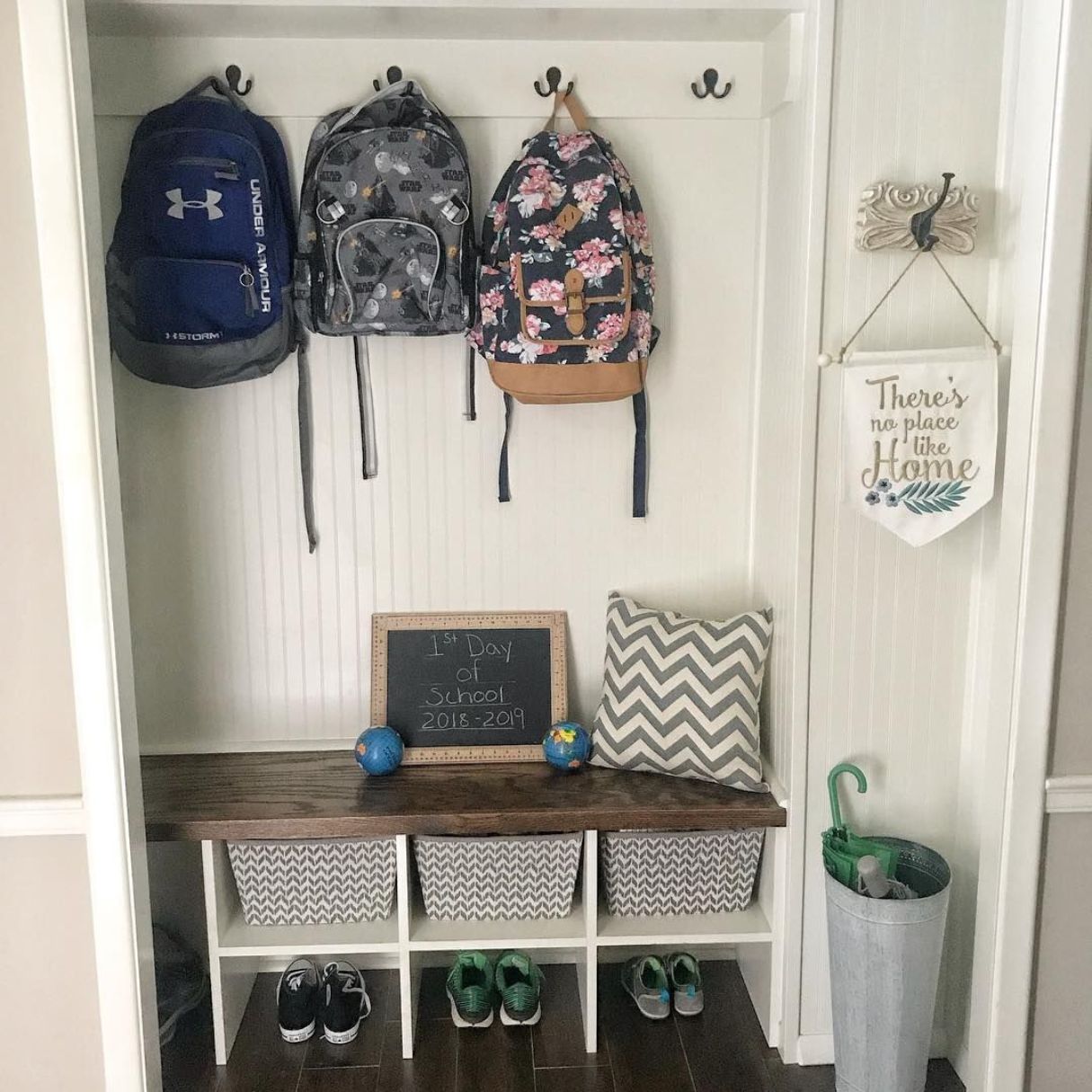
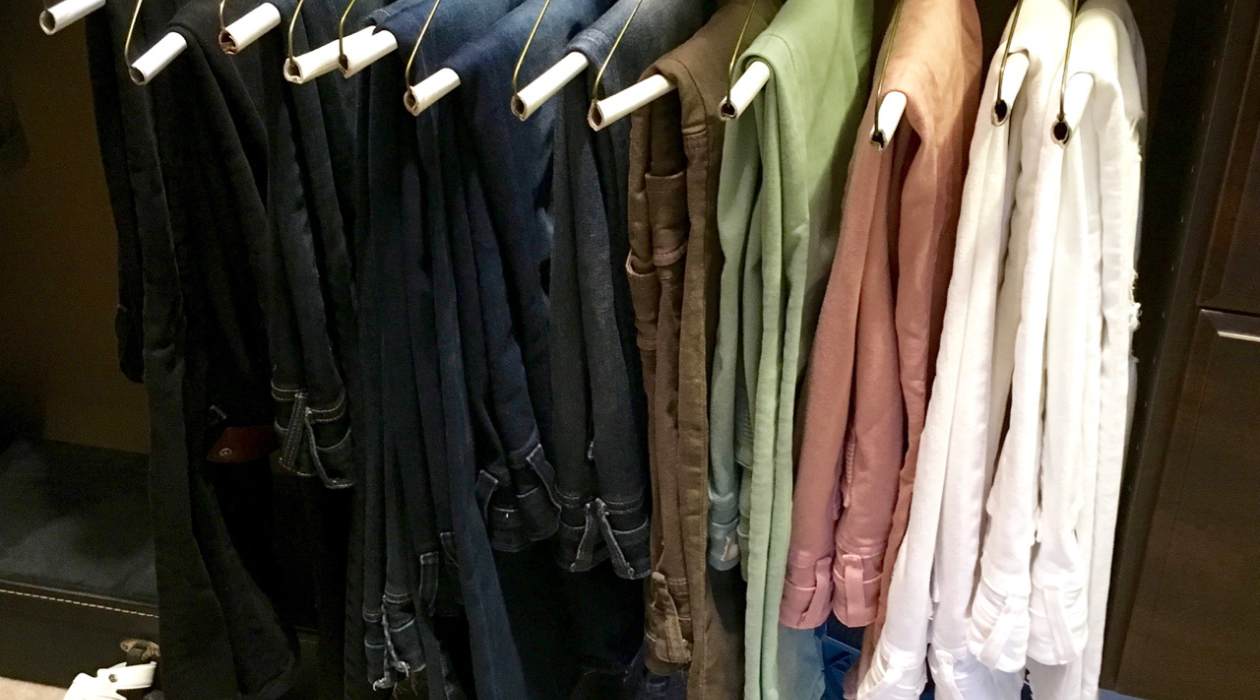
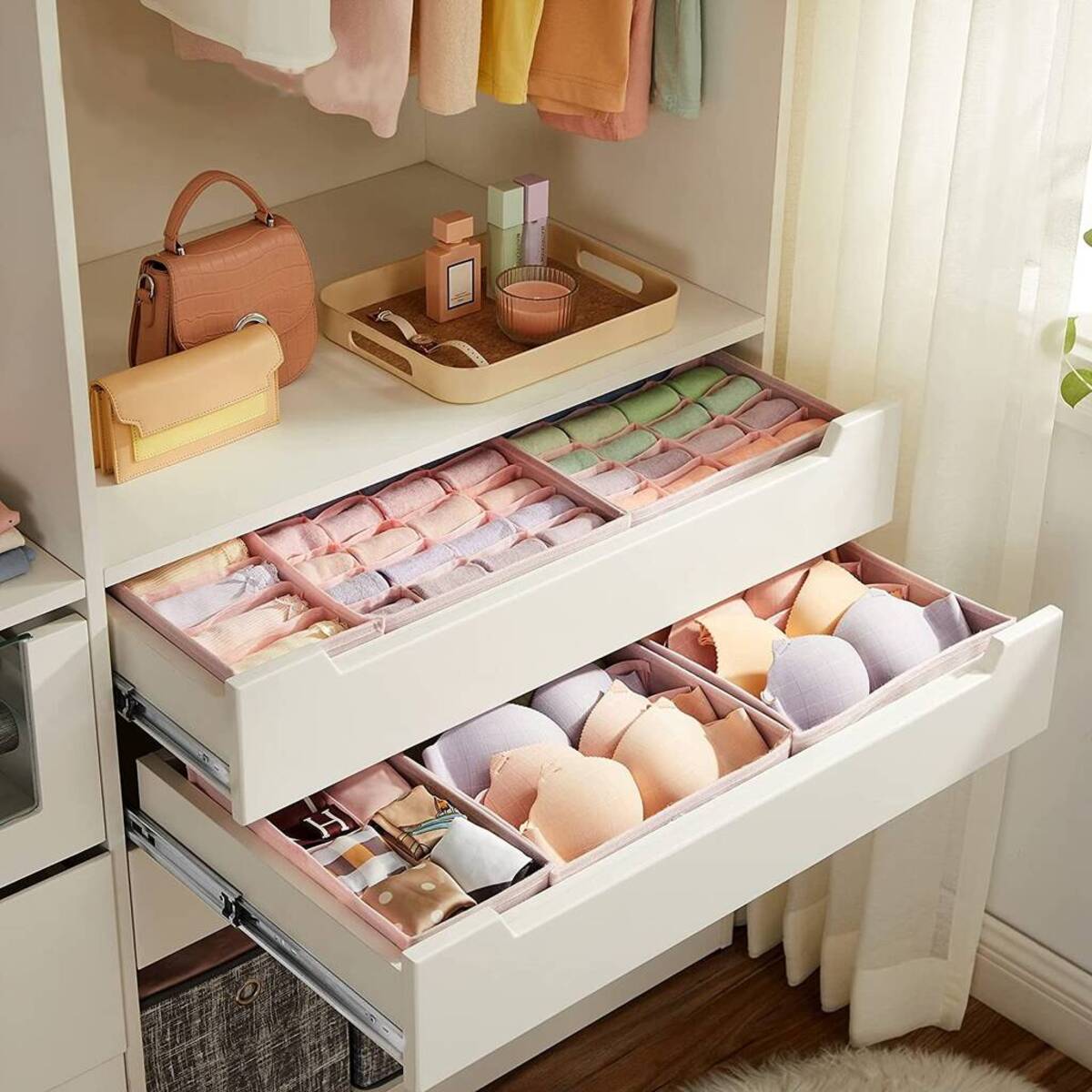
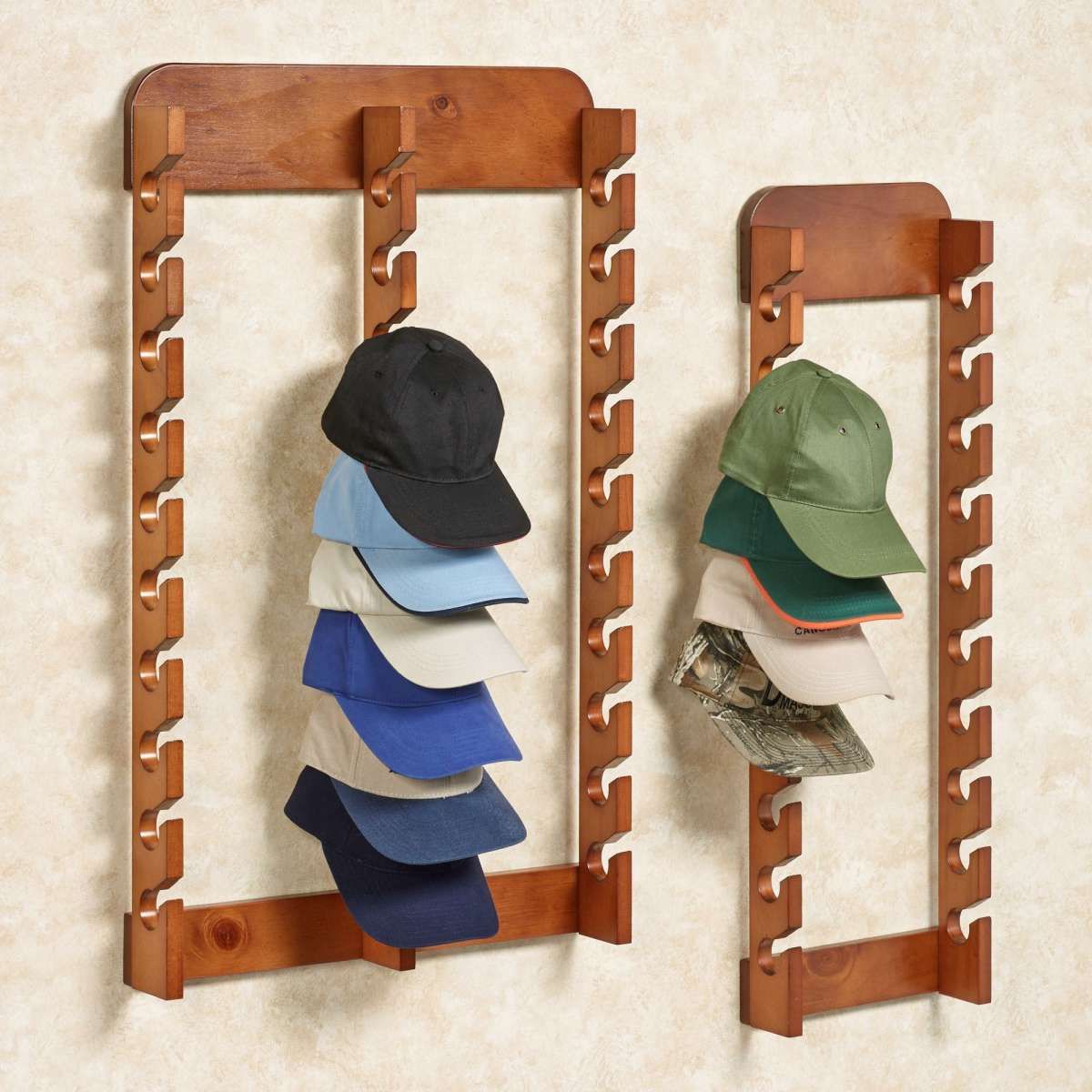

0 thoughts on “How To Store Pillows In Closet”